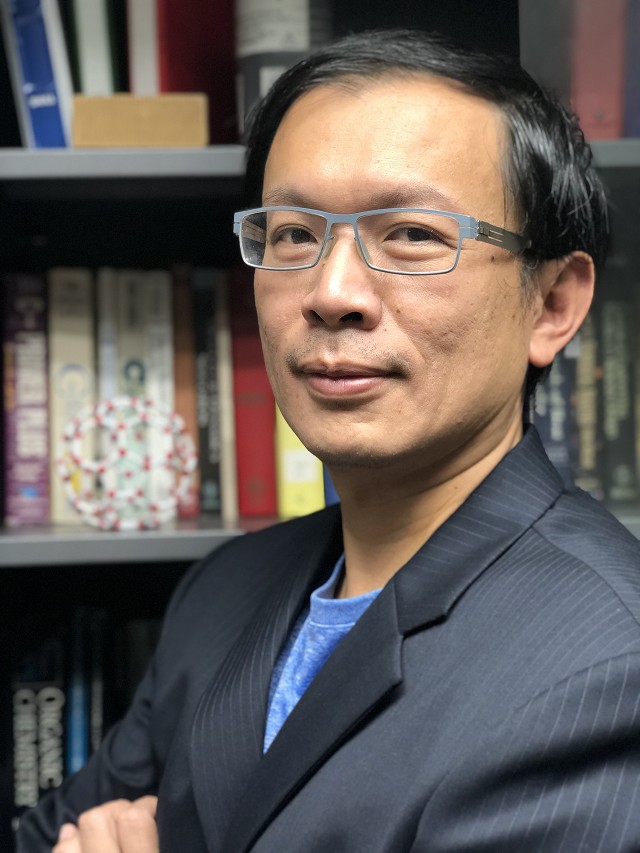331
886-2-2789-6747
ylchen [at] gate.sinica.edu.tw

331
886-2-2789-6747
ylchen [at] gate.sinica.edu.tw
Rao, Cindy / 886-2-2789-8916
cindy14 [at] gate.sinica.edu.tw
| (1) | 國內學術研究獎項 | 2011, 2012, 2013, 2014, 2015 | AS Career Development Award | |
| (2) | 其他國際學術研究獎項 | 2007-10 | C.N. Yang Visiting Scholar, CUHK | |
| (3) | 其他國際學術研究獎項 | 2006-08 | 2006年美國李氏傳統基金會獎(Li Foundation Heritage Prize) |